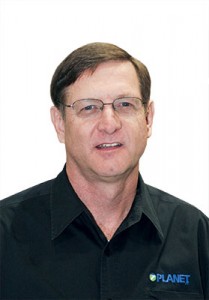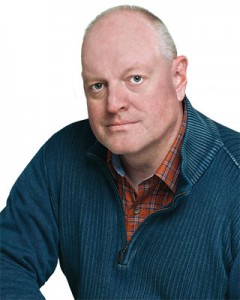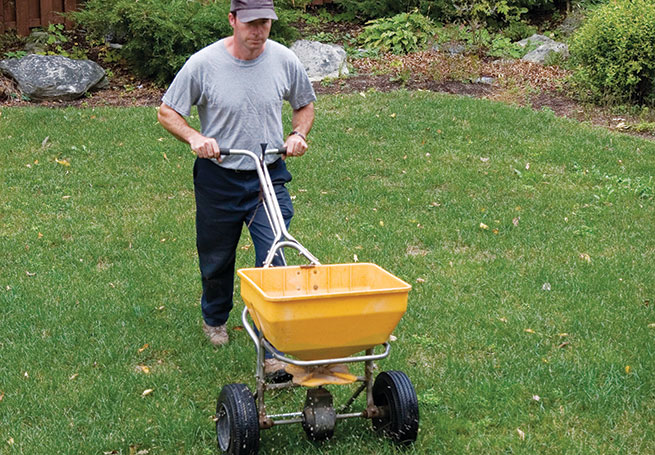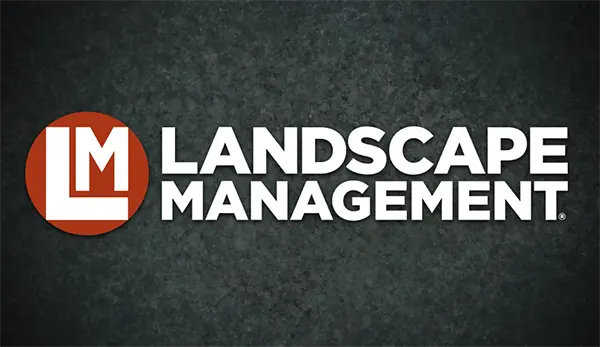
Before Tom Delaney steps down as government affairs director for NALP, he shares what he’s seen over a few decades of advocacy.
If you’ve ever used the H-2B program’s returning worker exemption, you’ve benefitted from Tom Delaney’s work. If you’ve ever operated under a state pesticide preemption law, you’ve benefitted from some of his efforts.
These are just two examples of the issues the director of government relations for the National Association of Landscape Professionals (NALP) has supported over his nearly 27 years in the landscape industry.
When he steps down from NALP this spring to make room for a new vice president of government relations, he’s not sure what will come next, but he’s hopeful he’ll still help landscape professionals in some capacity.
“I’m leaving options open,” he says. “Maybe something else with the green industry, because I hate to let all the connections and experience go to waste. I’ve always enjoyed being able to educate somebody so they were more knowledgeable about the issues.”
Delaney first joined the Professional Lawn Care Association of America (PLCAA) in 1989, which merged with the Associated Landscape Contractors of America (ALCA) to become the Professional Landcare Network. The association rebranded to NALP last year.
We talked with him to reflect on his career and get his take on advocacy efforts.
LM: Tell us about how you came to work in the industry.
Tom Delaney (TD): I worked with the state of Georgia Department of Agriculture. I started in the field, but I wasn’t out there very long before the guy in the office left and I took his place. I was in charge of the pesticide certification and training program, the licensing program, the chemigation program, the treated wood program and the enforcement program. My inspectors would go to places that produced pesticides and do Environmental Protection Agency (EPA) inspections.
PLCAA happened to be not that far away. In fact, I’d see the exec in Washington all the time but never would see him in Georgia. They were starting to have problems with local ordinances, and so they were looking for somebody for state work. I had also become aware that the Government Accountability Office (GAO) was doing an investigation on chemical lawn care.
I went to work there in May 1989, and in March 1990, we had our first U.S. Senate subcommittee chemical lawn care hearings with Sen. Harry Reid and Sen. Joseph Lieberman.
Right after that Supreme Court hearing (which ruled in 1991 that federal law does not preempt local jurisdictions from restricting the use of pesticides), we started working with the agriculture and pest control industries. We worked together, state by state, passing preemption laws.
LM: What was your favorite issue to work on?
TD: In the early 1990s, we had a Federal Trade Commission report and a GAO report, and the hearings that were all saying what you couldn’t do. EPA started a federal Lawn Care Pesticide Advisory Committee. What I brought to it was saying, “Well, this is all fine and good—what we can’t say and can’t do. How about working with us so we get a little better guidance of what we can say and do?”
That’s when we came up with some brochures for members of what they could talk to their customers about. We established the first advertising guidelines for the industry, which would lead companies to stop saying products were “safe.” That was when we started diving into the area of risk communication.
LM: Are there any regulations that you initially thought would be negative but turned out to be positive?
TD: We learned that posting a (pesticide application) notification actually could be a positive thing. Everybody was appalled that we had to start posting lawn signs with a child and a dog and a universal symbol of “don’t enter here.” With posting, the public now knew something was applied and could take what precautions they wanted to.
What started happening, too, is states introduced new regulations to meet those posting and notification requirements. We had to start tracking state laws and regulations, and work to get uniformity. We were very lucky in that all the posting requirements—the size of the sign and stuff—became pretty uniform. When I was with the Department of Ag, we had an association of state pesticide regulators. So when the states all started proposing new regulations, I had that relationship with them to work and get some uniformity.
LM: Which regulation has had the greatest negative impact?
TD: It really was that Supreme Court ruling. As a result, we ended up with Montgomery County. (In 2015, the Maryland county was the first major locality to ban cosmetic pesticides.) That was one of the states that didn’t get a good preemption law and caused problems.
A negative perception about lawns was a problem back then, too. I remember Terry Kurth from Weed Man, when he had his Barefoot Grass franchise, always saying turf was like Rodney Dangerfield: It didn’t get any respect.
Really, what happened was the lawn care companies were pretty resilient. Once they had posting, they learned how to make it an advantage and live with it. We came a long way to adapting to what the requirements were and turned them into some positive things.
LM: Is there any issue that you thought would have been resolved by now?
TD: I always thought environmental issues were the worst to deal with until I got involved in the H-2B program. All of the sudden I had to learn immigration and learn the H-2B program. That’s something that’s going on, like, 11 years now, and we still haven’t resolved a useful program.
LM: What do you consider to be your biggest accomplishment?
TD: Helping Phil Fogarty start the first Renewal & Remembrance at Arlington National Cemetery. That’s something I always look back on, because we’ve kept it going all these years with Day on the Hill. We got recognition as an industry, as a player out there and truly being the voice of the lawn and landscape industry. We got legitimate.
LM: Any parting advice?
TD: The one thing I wish I were more successful in is getting more grassroots action by our members. There are not enough people that participate in the grassroots movement, which is important at the local, state and federal level. That’s what I hope my successor is more successful in. Regulators and lawmakers don’t want to hear from associations directly. We have to mobilize our members if we’re going to be successful on the state and federal issues.
Mendelsohn joins NALP

NALP hired Paul Mendelsohn as vice president of government relations.
He will work alongside Tom Delaney, NALP’s director of government affairs, for several months to ensure a smooth transition, the association said.
Mendelsohn served for 15 years in government relations positions with the American Institute of Architects, most recently as vice president of
government and community relations. He also has experience as legislative director and chief of staff for several Michigan state representatives.

